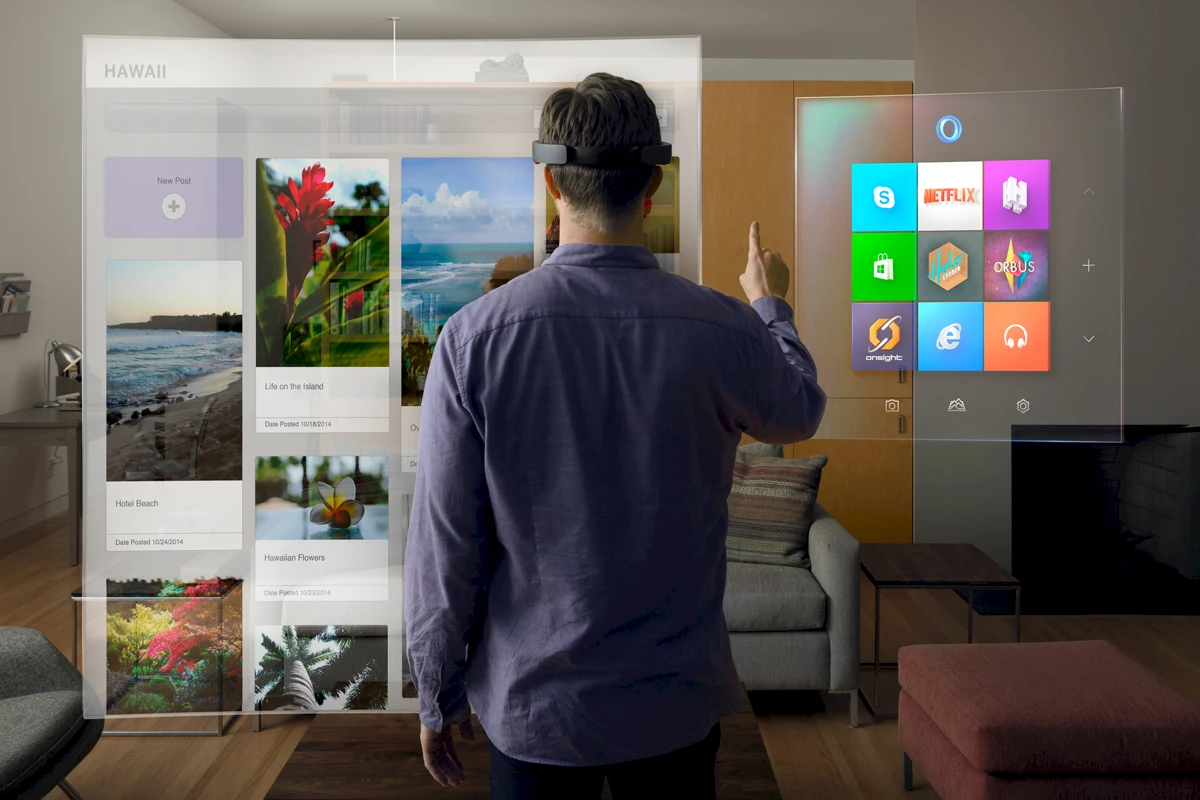What does 2018 have in store on the tech horizon?

Digital twins
The renowned Gartner report made reference to digital twins, which could profoundly impact business in the very near future. A digital twin is a virtual representation of a concrete object. This in itself is nothing new. But according to Gartner, new developments mean digital twins could become the next disruptors of business and technology. They’re a convenient way to get information on their analog counterpart, to improve its operation and run simulations and analyses. According to Gartner, over half of large industrial businesses will use digital twins in the next three years, leading to a 10% gain in efficiency.
In the longer term, digital twins could affect our entire world: “Over time, digital representations of virtually every aspect of our world will be connected dynamically with their real-world counterparts…” explained David Cearley, Vice President at Gartner. These representations will be “infused with AI-based capabilities to enable advanced simulation, operation and analysis. City planners, digital marketers, healthcare professionals and industrial planners will all benefit from this long-term shift to the integrated digital twin world.”
Conversation platforms
Whether with virtual assistants, automated telephone systems, voice-controlled machines or chat bots, our spontaneous and natural interactions with machines have constantly improved over the years.
These platforms are becoming better at responding to complex requests with multiple variables: “Please make a reservation for 6 p.m. at the closest location of X chain restaurant.” This trend is gaining ground. Gartner gives a fascinating example of how this capability could be used in a practical way: this type of a platform might collect verbal testimony from a victim of crime and use this information to generate a sketch of the perpetrator.
Immersive experience
“Virtual reality” is yesterday’s news. Experts are now saying that “mixed reality” (or “augmented reality”) is the next game changer in our lives.
Mixed reality, which blends virtual reality and the real world, will continue to transform how various platforms work, starting with smartphones. Business, social networks and app developers will compete fiercely to be the first to deliver mixed-reality-based products and generate high adoption rates. Technological advances will not power this trend but rather user experience, which has become a valuable marketing strategy as it leads to high rates of engagement and loyalty.
The automation of work
Here’s a startling statistic: according to the newspaper The Guardian, 47% of jobs in the United States are at risk from automation. Swiss bank UBS noted that there will be a “polarisation of the labour force as low-skill jobs continue to be automated and this trend increasingly spreads to middle class jobs.”
The first wave of automation has already hit the less attractive jobs (described by Forbes as “boring, dirty or dangerous”) and will gain more momentum in 2018.
Blockchain
Experts are raving about blockchain technology. This new method of conveying information and conducting transactions is totally transparent and secure. Its main attractions are that it’s decentralized and operates independent of any institution.
This technology emerged a dozen years ago, with the advent of bitcoin. Experts believe that it’s not yet mature enough to be reliable, but this could quickly change. Many believe this technology represents the perfect solution for transferring data as well as funds: “blockchain represents a huge leap forward compared to our current data security technology as, unlike a centralized database, there’s no one single point of failure.”
Several governments, as well as 90% of North American and European banks, are currently assessing this technology.
